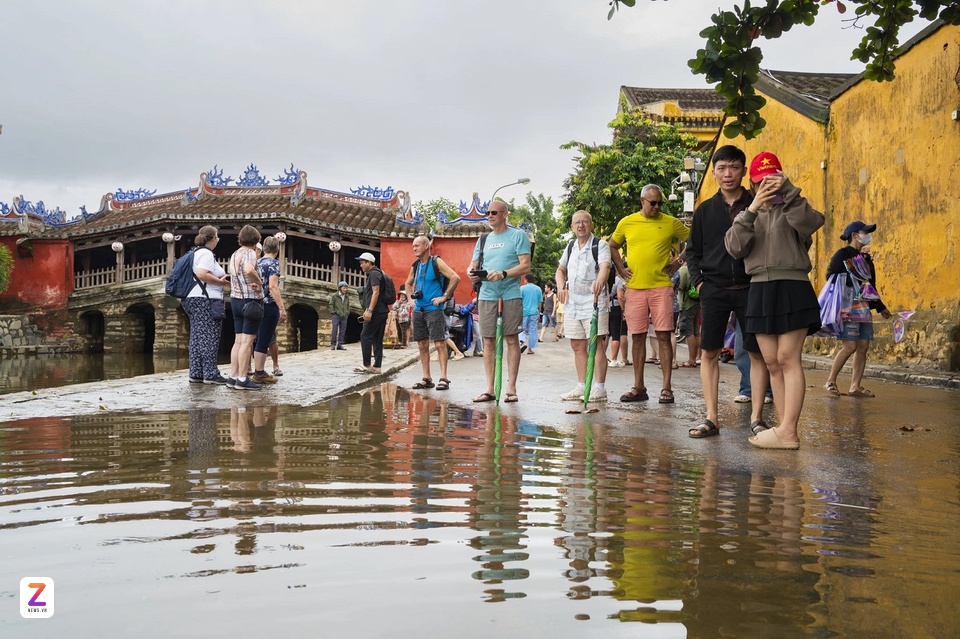 |
International tourists visit the Japanese Covered Bridge area in Hoi An on November 2. After the floodwaters receded, the streets were still submerged. Before that, heavy rains that lasted from the afternoon of October 27 caused Hoi An to be submerged in historic floods. |
Just a few days after the floodwaters receded, many tourist destinations around the world quickly welcomed visitors again, showing that the trend of “post-disaster” tourism is becoming increasingly clear, as a segment of tourists are ready to appear very early in places that have just experienced floods.
In Vietnam, recent heavy rains and floods have left many iconic destinations such as Hue, Hoi An, and Da Nang submerged in water. However, international media have recorded scenes of tourists returning to the old town immediately after the flood, even though shops were still being sprayed with mud.
Many people even consider "accidentally encountering flood season" an interesting experience, adding color to their journey of exploring the Central region.
According to Reuters , this trend is called “travel after disaster”. Partly it comes from curiosity as many tourists want to witness natural phenomena with their own eyes, partly they want to see how quickly local life is recovering, and sometimes they want to experience a more “real” space, less crowded and richer in stories than the peak season.
In places where tourism accounts for a large proportion of the economy, local authorities and media are often quick to broadcast the message that “the destination is safe”, reopening streets, restaurants, and monuments just a few days after the flood to minimize damage. Government statements also contribute to encouraging tourists to feel secure again.
CNN Travel has documented similar campaigns in Japan after earthquakes, or in Caribbean islands after hurricanes, to encourage tourists to return as soon as possible to support local economies that rely on tourism.
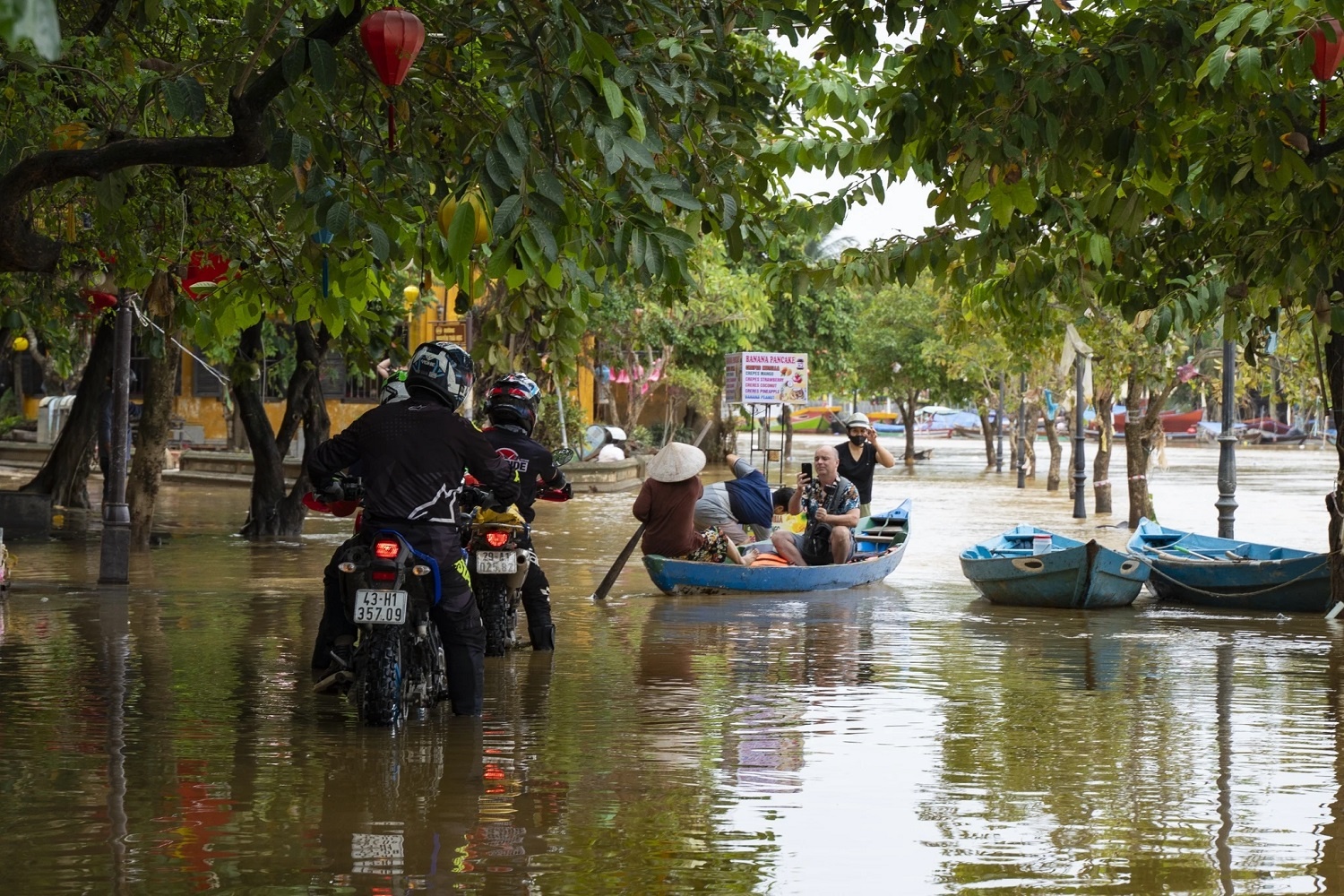 |
Western tourists take a boat to visit Hoi An as the flood gradually recedes on November 2. |
Research from tourism schools, summarized in Tourism Management, points to another important motivator: empathy. Many tourists believe that returning, booking, dining, and shopping is a way of making a direct contribution to the community recovering from a disaster.
They prioritize spending at small shops run by local people, participating in small-scale tours, so that the money "flows" back to the local area as quickly as possible. For them, tourism is not only an experience but also an act of support.
But the trend is controversial. Some scholars call it “disaster voyeurism.” If tourists arrive too early when safety systems are still in place, or use the devastation as a backdrop for photos, they may inadvertently hinder recovery efforts.
Therefore, many organizations such as UNWTO and the World Tourism Association recommend that tourists choose the right time: only return when the government confirms it is safe, respect the space of recovering people and prioritize local services to provide proper support.
As climate change makes floods and extreme weather more frequent, many destinations are being forced to recover quickly to keep their economies afloat. Tourists, whether intentionally or unintentionally, can become part of this cycle.
Ultimately, their continued return to places that have been hit by floods comes from a mix of curiosity, empathy, a desire to contribute to recovery, and the lure of different experiences. When done responsibly, “travel after disaster” is not just a travel story, but also part of the journey of rebuilding after a disaster.
Source: https://znews.vn/thay-gi-tu-nhung-du-khach-san-sang-den-noi-vua-lu-lut-post1603914.html





![[Photo] General Secretary To Lam receives Slovakian Deputy Prime Minister and Minister of Defense Robert Kalinak](https://vphoto.vietnam.vn/thumb/1200x675/vietnam/resource/IMAGE/2025/11/18/1763467091441_a1-bnd-8261-6981-jpg.webp)
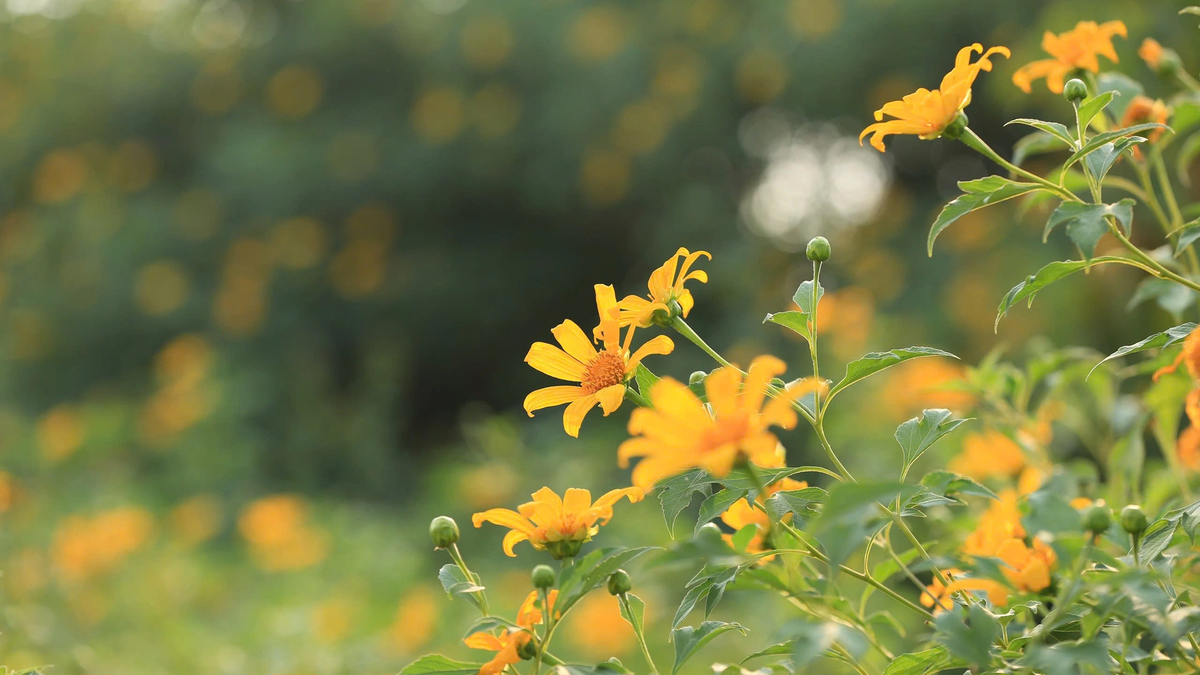
![[Photo] Prime Minister Pham Minh Chinh and his wife meet the Vietnamese community in Algeria](https://vphoto.vietnam.vn/thumb/1200x675/vietnam/resource/IMAGE/2025/11/19/1763510299099_1763510015166-jpg.webp)





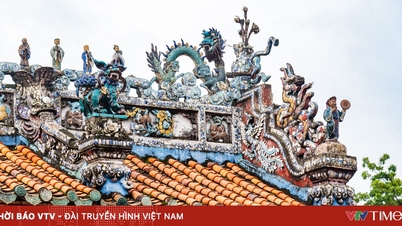

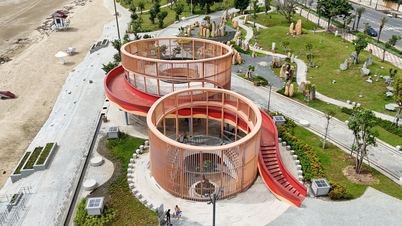









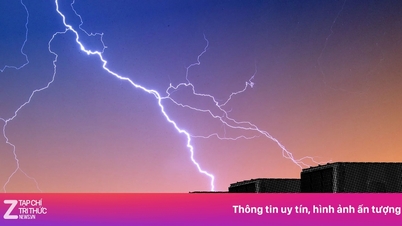


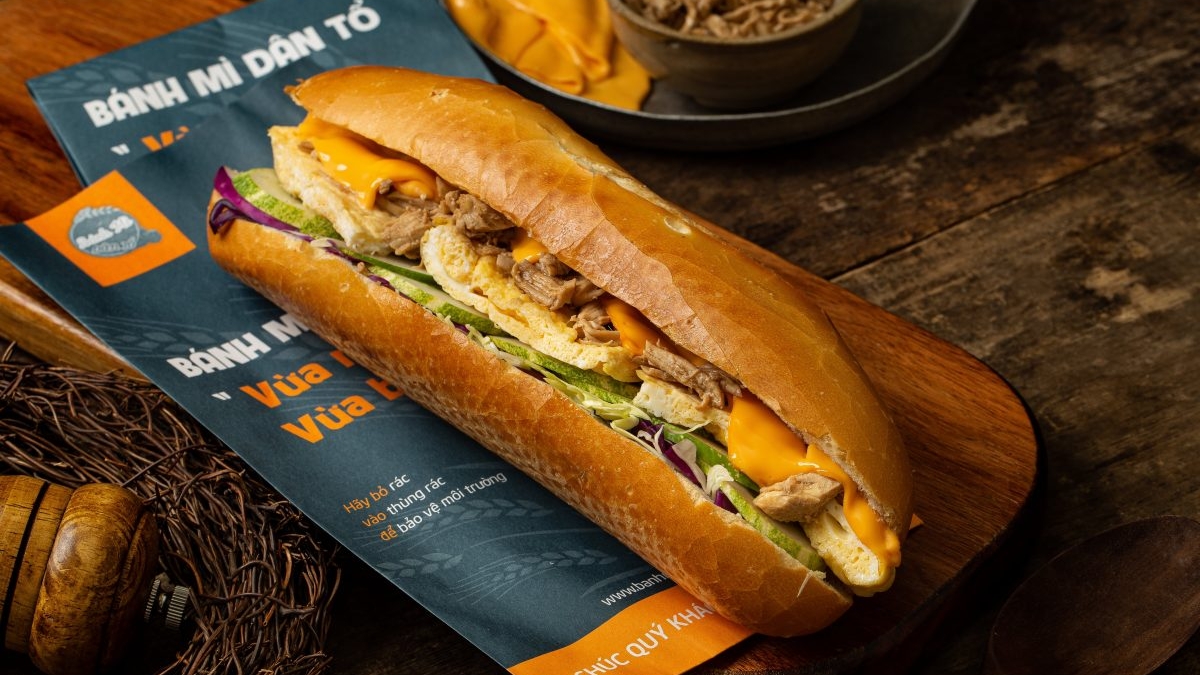




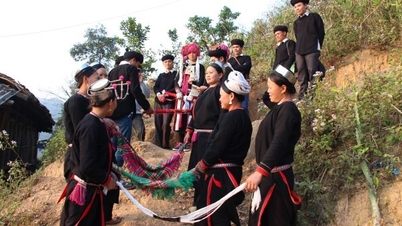



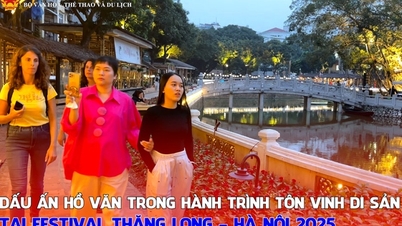











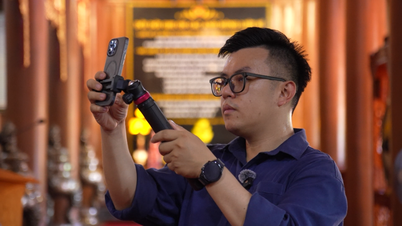



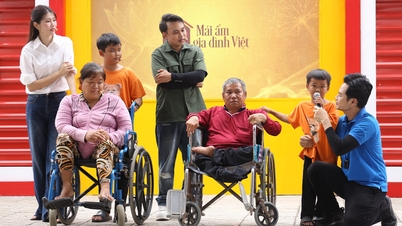

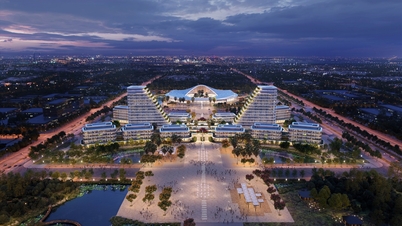
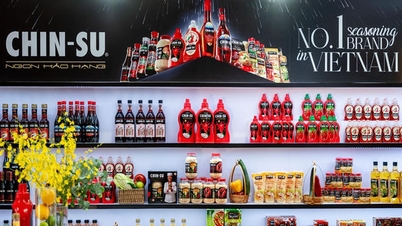



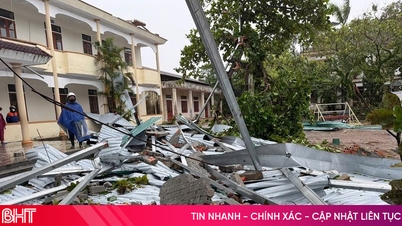















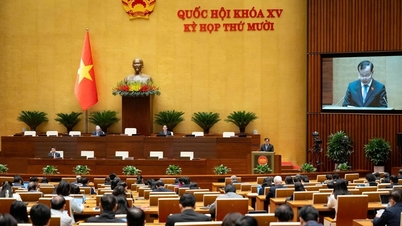



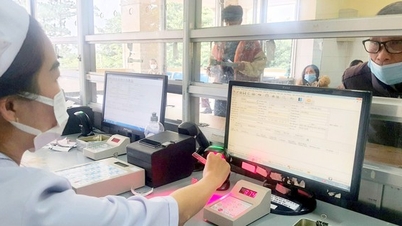

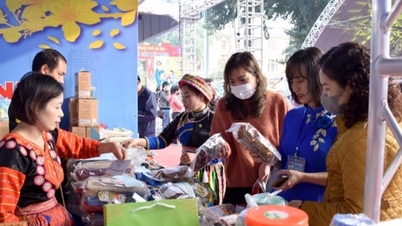






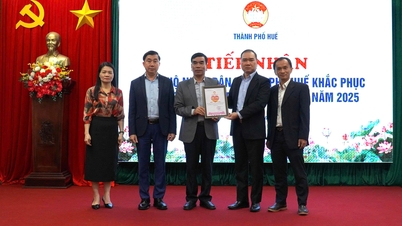











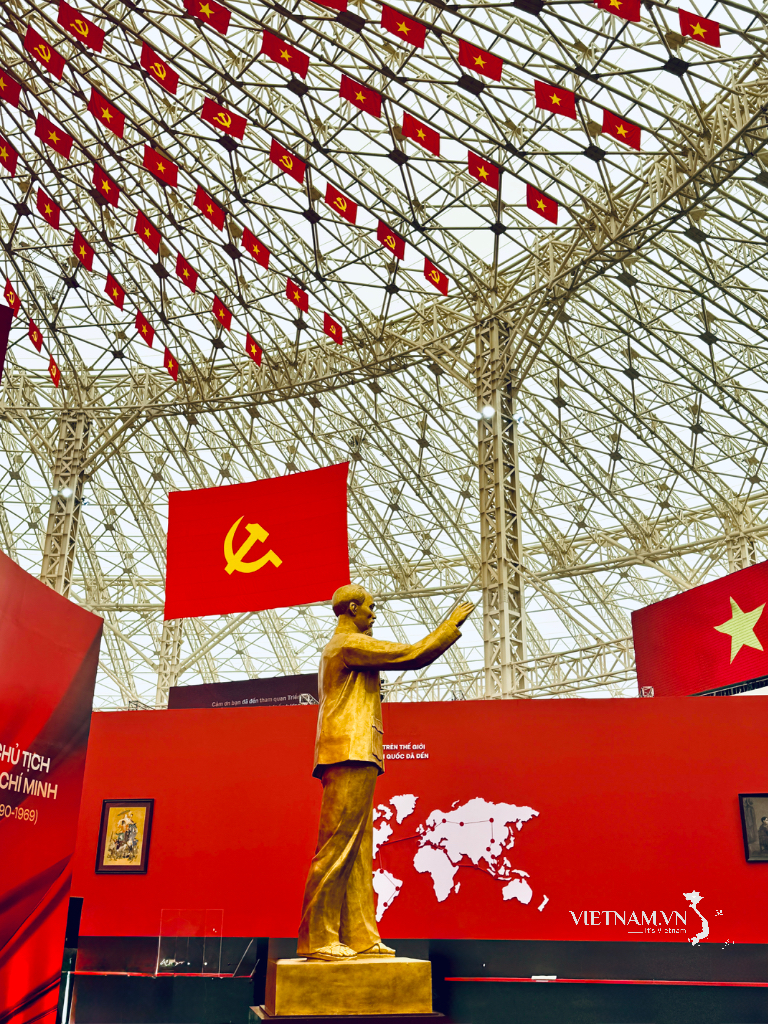



Comment (0)